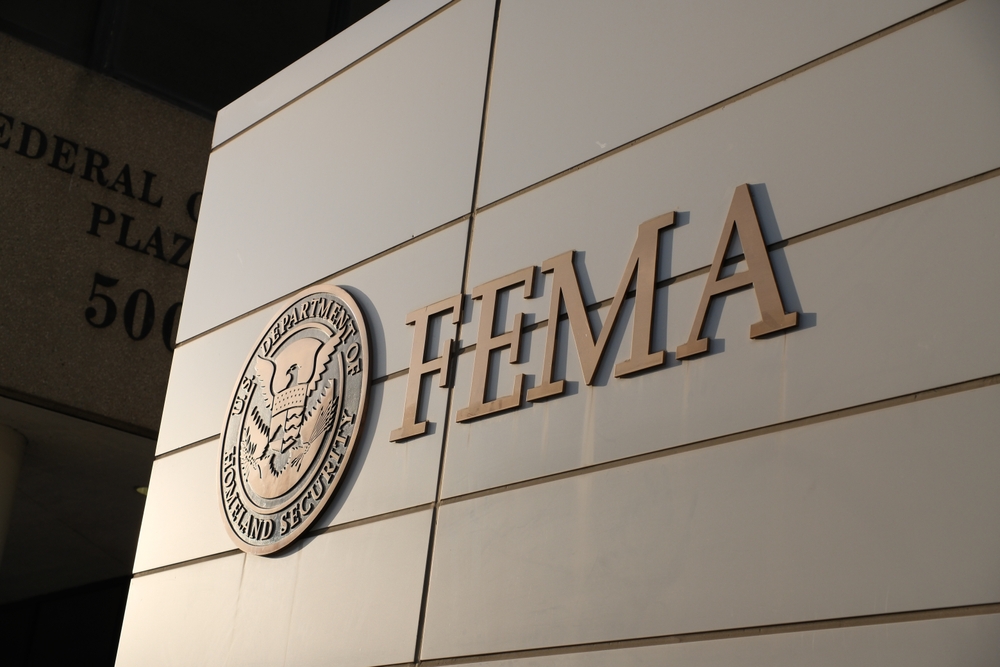President Donald Trump recently proposed reducing the Federal Emergency Management Agency’s (FEMA’s) role in disaster response, advocating for states to assume greater control with federal financial backing. This proposition stirs an ongoing debate about state versus federal responsibilities, particularly with ongoing criticism of FEMA’s performance during recent hurricanes.
Trump’s Vision for Disaster Management
President Trump articulated his vision for transforming the current disaster assistance paradigm in a recent interview. He asserts that states are more capable of managing their crises, arguing, “FEMA is getting in the way of everything.” Trump’s concept is to diminish FEMA’s operational involvement, instead supporting states financially.
For example, Trump highlighted Oklahoma as an exemplary state that could efficiently handle its disasters with appropriate federal funding. This restructuring could alter the current disaster assistance system, which includes state grants, direct payments to survivors, and FEMA’s on-the-ground aid.
Democrat impeachment leaders call investigating corruption in Ukraine "baseless."
Even ABC News thought there was a basis to look into this. pic.twitter.com/POL4hQpN6x
— The White House 45 Archived (@WhiteHouse45) January 27, 2020
Political and Public Reactions to the Proposal
The debate on this proposal brings up concerns about the potential limitation of federal aid. Congressional discussions and responses to Trump’s idea reveal underlying tensions between federal and state governance. Conservatives have already suggested reducing state reimbursements, aligning with initiatives such as the Heritage Foundation’s Project 2025, which proposes capping federal reimbursements.
“FEMA has not done their job for the last four years,” Trump critiqued, emphasizing what he perceives as inefficiencies within the current federal handling. Controversies about FEMA include allegations that Democratic influence has skewed aid distribution, as noted by Trump’s accusations against FEMA’s operations in North Carolina and Florida.
In the memory of all those we lost on this day 19 years ago, in memory of the heroes that were forged that day, & heroes forged on battlefields ever since, and for the families, loved ones, & friends they left behind, I pray these ancient words will comfort your hearts and ours. pic.twitter.com/wRgHCcdZ4q
— Mike Pence (@Mike_Pence) September 11, 2020
Funding Issues and Future Considerations
Secretary of Homeland Security Alejandro Mayorkas acknowledges significant funding challenges within FEMA. Yet, public sentiment remains divided, with mixed opinions on FEMA’s effectiveness, particularly among Trump supporters. These discussions are occurring as the nation’s disaster preparedness is crucial, with California’s fire damages potentially among the costliest in U.S. history.
While Congress replenished the disaster aid fund by $100 billion recently, Trump’s proposal raises questions about the future balance of disaster response responsibilities. The potential for state governments to lead these efforts might include conditions, as Trump suggests, “Unless you have certain types of leadership, (FEMA) gets in the way.”
Sources:
Trump Floats States, Not FEMA, Handle Emergency Response
FEMA faces shakeup under Trump while it wrestles with disasters on both coasts

